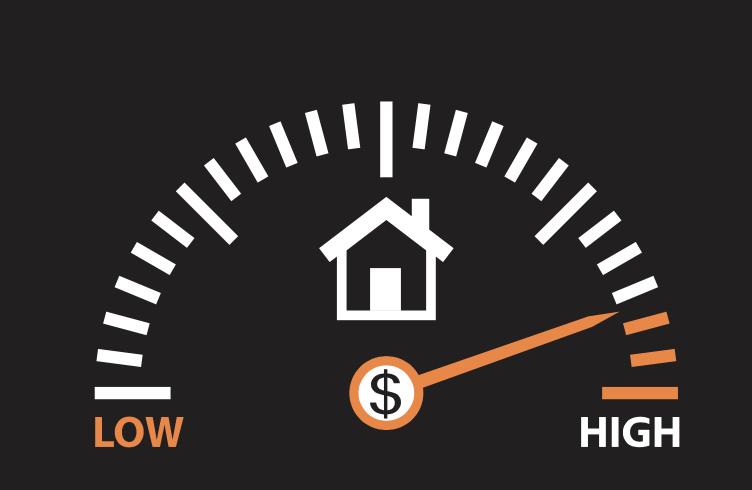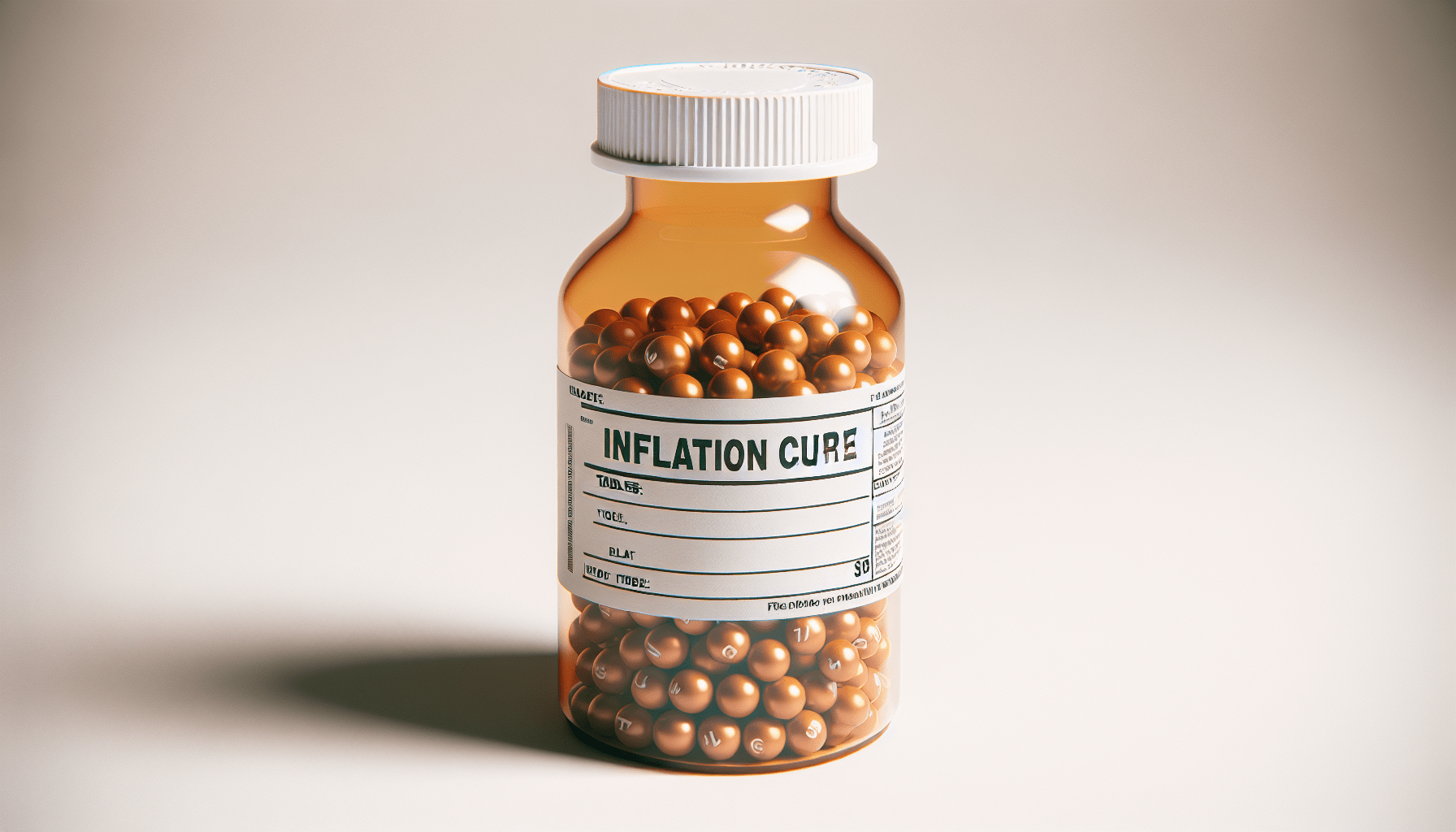Higher Housing Prices Ahead

Even if food and energy costs decline, rising rents could sustain inflation
Is 6.2% a lot? That was the year-over-year inflation rate in the United States in October, as measured by the Consumer Price Index (CPI), the most popular price gauge.
That means average prices rose at their fastest pace since 2008. The Federal Reserve, which manages the production and distribution of money, seems mostly unperturbed, but trends brewing in the housing market could keep policymakers on alert.
The central bank has a dual mandate to maintain price stability and pursue maximum sustainable employment. The former means the Fed is trying to target inflation that averages 2% over time.
In the interim, policymakers have been arguing that recent inflationary trends are transitory and that price growth should return to levels closer to the target by next year as post-pandemic effects fade. Still, some economists have noted upside risks of inflation.
Prices for energy, food and shelter have been soaring. Recent housing market trends could hint at upward pressures on the CPI and core Personal Consumption Price Index (PCE), the Fed’s preferred gauge of inflation.
The central bank is expected to complete asset purchase tapering by the middle of 2022. If price pressures persist, then subsequent rate hikes may follow more quickly. This risks bringing volatility
back into the Dow Jones, S&P 500 and Nasdaq Composite.

Home prices
To get a better idea of why U.S. housing may keep CPI and core PCE above the Fed’s target, let’s look at data from Zillow, an online real estate marketplace. It reports that home values appreciated more than 18% year-over-year in September.
However, CPI and core PCE rely on rent to gauge housing market trends, so it makes sense to look at similar data. In the same month, Zillow reported rents up 9.16% year-over-year, well above pre-pandemic rates of inflation. Now, let’s take a look at how that compares with traditional government data.
Shelter accounts for about 33% of the CPI gauge and includes renters and owners’ equivalent rent of residences. That makes it the largest component of the index. In the PCE gauge, housing has a smaller weight, about 22.6%, according to the U.S. Bureau of Labor Statistics.
Zillow data indicates the rent slowdown bottomed in October 2020. Meanwhile, CPI shelter bottomed in February 2021 and PCE housing did the same in March. The lag between the timely Zillow figures and traditional gauges seems to be about four to five months.
Moreover, the shelter components of CPI and PCE remain below pre-pandemic trends. The lag in traditional gauges makes sense. Rising rents can take time to make their way into consumer prices for reasons that include the length of leases and the delay in raising rents as property values increase. Moreover, CPI also samples rent about once every six months. Given that Zillow rents are still increasing year-over-year as of September, the housing components of CPI may have some catching up to do.
The upside risk to housing
A closer look at the data reveals that not only are traditional housing inflation gauges lagging behind Zillow data, but momentum is also underperforming. After seven months from the bottom, the Zillow rent index climbed about 5.32%. In other words, average rental prices increased 5.32% in the seven months after October 2020. That’s as the urban consumers’ shelter component of CPI climbed just 2.5% from February through September 2021.
This is not comparing apples to apples, but this data might indicate a greater chance of upside surprises in the shelter components of traditional inflation gauges in the coming months. Put another way, if energy and food prices subside, rising rents may still keep CPI and PCE above the Fed’s target. This stickier inflation may open the door to a Fed that is more eager to raise rates once asset purchase tapering is potentially completed by the middle of next year. This is something that Wall Street may not take too well because it will bring volatility into the stock market.

Daniel Dubrovsky is a strategist for DailyFX, the research and analysis arm of retail trading platform IG. @ddubrovskyFX





















